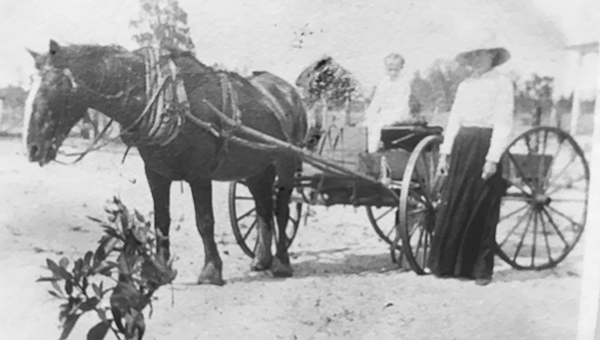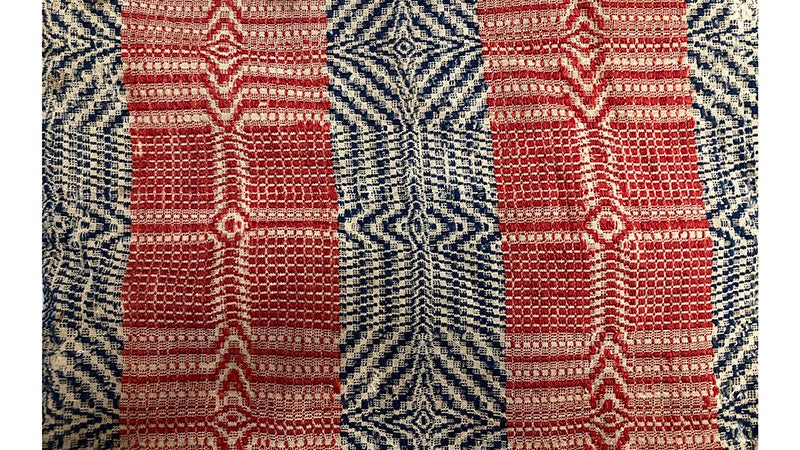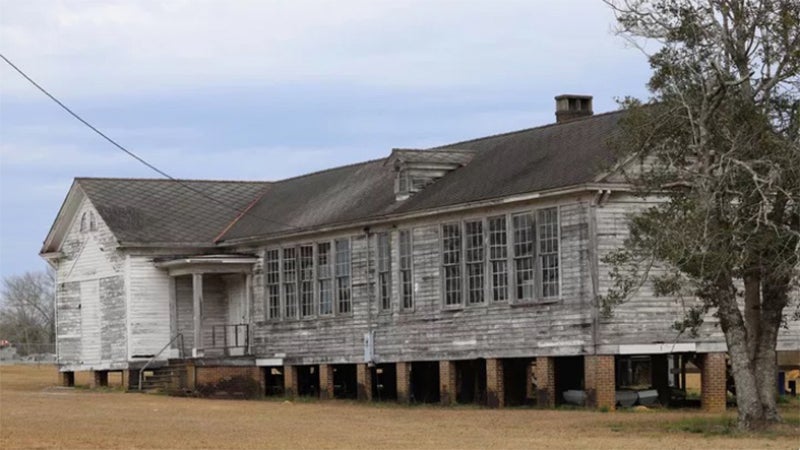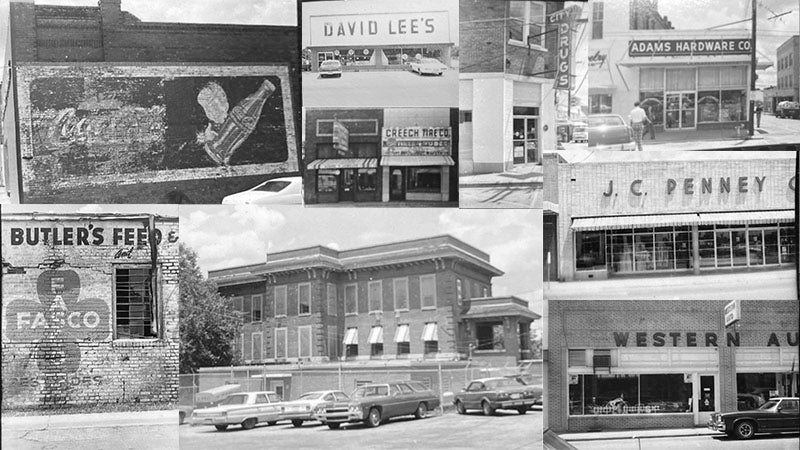Remember when: A twist of early Alabama history
Published 2:18 am Saturday, September 8, 2018

- This early Covington County photo was donated to the Three Notch Musuem.
“The Farmer in the Dell” is a singing game that is believed to have originated in Germany and brought to North America by immigrants in the 1820s. “Wait for the Wagon” is an American folk song sung by pioneers moving into new territories. These two songs best describe Alabama’s upcoming Bicentennial year of 2019. So “Hi- Ho the dairy-o” – I will begin!
In the year of our Lord 2019, Alabama will proudly commemorate the state’s 200th birthday. On December 14, 1819, President James Monroe approved and signed the resolution admitting Alabama, the nation’s 22nd state, into the Union. In March 1817 Congress had passed a bill creating the Alabama territory dividing the Mississippi territory down the middle, Alabama to the east.
The onrush of immigrants on horseback, mule and wagon, and covered wagons to the Alabama territory was great. By 1819 extensive surveys had been completed, sales had been proclaimed, and thousands of eager purchasers flocked into the state. Never before or since did the population of any state so rapidly increase as that of Alabama from the period of 1820 to 1830.
On December 7, 1821 Henry County was divided forming Covington and Pike counties, and the Alabama State General Assembly passed an act creating Covington County. It was named for General Leonard Wailes Covington, a soldier in the War of 1812. Several other Alabama counties were named after war heroes.
Just imagine, if you can, a vast forest with Indian pathways lined with pine needles. This is what was found in the 1530s and 1540s by Hernando de Soto, Spanish explorer and conquistador who led the first Spanish and European expedition deep into the territory of the modern day United States including Florida, Georgia, South Carolina, North Carolina, Alabama, Mississippi, and probably Arkansas. He and his troops were the first white men known to cross the Mississippi River.
The Spanish were searching for gold and a passage to China and the Pacific coast. They are credited with bringing swine, horses, and Eurasian diseases to America – measles, smallpox, and chicken pox. They acquired no gold or prosperity and founded no colonies. Many parks, towns, counties, and institutions have been named after De Soto including DeSoto State Park and DeSoto Caverns in Alabama.
Indians lived in Covington County near the creeks, streams, brooks, and rivers. The Indians that were occupying the land that is now Covington County were known as Lower Creeks. They constructed their small villages near the streams in the southern parts of Alabama. A number of major Indian trails crossed Covington County.
The Creeks had occupied the land in South Alabama for hundreds of years prior to the massacre of white settlers and militia in the stockade at Fort Mims in 1813. In March 1814, U. S. Major General Andrew Jackson’s army was brought from Tennessee to destroy the Creeks in the Battle of Horseshoe Bend on the Tallapoosa River. The Red Sticks, a part of the Creek Indian tribe who opposed American expansion, were defeated. The victory effectively ended the Creek War.
“Making Alabama – A Bicentennial Traveling Exhibit” presented by the Alabama Humanities Foundation is on a 19-month tour of all 67 counties in the state of Alabama. It opened in Andalusia this week at the LAAC (Lower Alabama Arts Coalition) gallery on East Three Notch Street and tells the story of Alabama from becoming a territory to achieving a statehood in 1819.
There is also a special display of history artifacts at the statewide exhibit on loan from the Three Notch Museum which locals are sure to enjoy.
This showcase event is only one of a series of celebrations taking place all over the state. The Alabama Department of Archives and History and the Alabama Bicentennial Commission are partnering with the Alabama Humanities Foundation in presenting this traveling exhibit. The display will be in Andalusia from September 5 through September 26, Tuesdays through Saturdays.
Each magnificent panel of artwork on site represents a period of Alabama history with stories behind the story of Alabama on touch screens. Visitors will leave with a better understanding of how Alabamians arrived at this moment in time. Dr. Steve Hubbard, LAAC president, and David Wyatt, Covington Historical Society president, both urge all teachers of history and social studies to bring their classes of students to view the exhibit.
Everyone has an important role to play in what our state, our county, and our town becomes. Yes, we can Remember When, celebrate, and all learn from the past so we can look to the future!
My sources for most of the above information were Wyley Ward’s “Early History of Covington County, Alabama” and Albert J. Pickett’s “History of Alabama.”
Sue Bass Wilson, AHS Class of 1965, is a local real estate broker and long-time member of the Covington Historical Society. She can be reached at suebwilson47@gmailcom.





